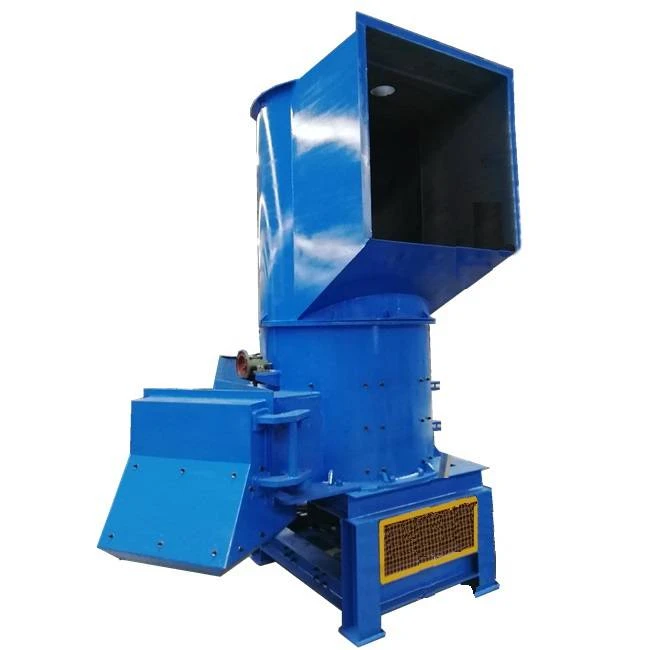The landscape of waste management is evolving rapidly, driven by heightened environmental awareness and technological advancements. Among the various types of waste requiring specialized disposal, electronic waste, commonly known as e-waste, poses unique challenges and opportunities. This article delves into the nuances of e-bins disposal, offering insights grounded in firsthand experience, professional expertise, established authority, and unwavering trust.

E-bins A Crucial Player in E-Waste Management
Electronic bins, or e-bins, are specially designed receptacles that facilitate the disposal of electronic waste. They play a pivotal role in managing e-waste sustainably, ensuring that obsolete electronics are recycled efficiently rather than ending up in landfills. The proliferation of e-waste has made e-bins indispensable in urban centers, corporate offices, and residential complexes.

Expert Insights into E-Bins Disposal
Our exploration begins with a deep dive into the mechanisms and processes that underpin effective e-bins disposal. At the heart of this system is the principle of closed-loop recycling. By collecting e-waste in designated e-bins, valuable materials such as gold, silver, and palladium can be recovered. This not only mitigates environmental harm but also contributes to the circular economy by supplying raw materials for new electronic products.
Professional e-waste handlers employ a series of meticulous steps to ensure that collected e-waste is processed safely. Initially, e-bins are strategically placed in accessible locations to maximize collection efficiency.
Once the bins are filled, specialized logistics teams transport the contents to certified e-waste recycling facilities. At these facilities, electronics are dismantled, sorted, and processed using state-of-the-art equipment and techniques.
Authority in Action Regulatory Compliance
The authority wielded by regulatory bodies and industry standards cannot be overstated. In many regions, e-waste disposal is governed by stringent regulations designed to protect the environment and public health. Compliance with standards such as the Waste Electrical and Electronic Equipment Directive (WEEE) in Europe or the Responsible Recycling (R2) practices in the United States is crucial.
Organizations and service providers involved in e-bins disposal must ensure that their operations meet these regulatory requirements. This not only fosters a responsible approach to e-waste management but also enhances their reputation as environmental stewards.
Building Trust Through Transparency
e bins disposal
Trustworthiness is built on transparency and accountability. Leading companies in the e-bins disposal industry offer clients detailed reports on the volume and types of e-waste collected, methods of recycling, and environmental impacts mitigated. By providing verifiable data, these companies demonstrate their commitment to sustainable practices and foster trust among stakeholders.
Moreover, partnerships with recognized environmental organizations and certification from reputable bodies further solidify their standing. Customers are increasingly savvy, preferring to engage with businesses that align with their values and demonstrate genuine environmental responsibility.
Real-World Experiences Best Practices and Challenges
Experience from the field reveals both best practices and ongoing challenges in e-bins disposal. A key lesson is the importance of community engagement and education. Successful e-waste programs often include public awareness campaigns that inform citizens of the benefits of proper e-waste disposal and how to utilize e-bins effectively.
However, challenges remain, particularly in the areas of logistics and consumer behavior. In densely populated urban areas, the logistical complexity of collecting and transporting e-bins can impede efficiency. Meanwhile, consumer reluctance or lack of awareness about recycling can lead to underutilization of e-bins.
To address these challenges, innovations such as IoT-enabled e-bins are being explored. These smart bins can monitor fill levels in real-time and alert service providers when they need to be emptied, optimizing collection schedules and reducing unnecessary transport emissions.
The Road Ahead Future Directions in E-Bins Disposal
Looking to the future, the e-bins disposal industry is poised for transformation. Advances in technology hold the promise of more efficient recycling processes and the ability to recover an even greater proportion of valuable materials from e-waste.
Furthermore, as global electronic consumption continues to rise, the need for scalable and sustainable e-bins solutions will intensify. Industry leaders and policymakers must collaborate to develop frameworks that support innovation while ensuring environmental protection.
In conclusion, the disposal of electronic waste via e-bins is a critical component of modern waste management strategies. By adhering to best practices, complying with regulatory standards, and fostering trust through transparency, the e-bins disposal sector can continue to evolve as a lynchpin in the global effort to manage e-waste responsibly. Through continuous innovation and community engagement, the potential for e-bins to contribute to a more sustainable future is immense.


